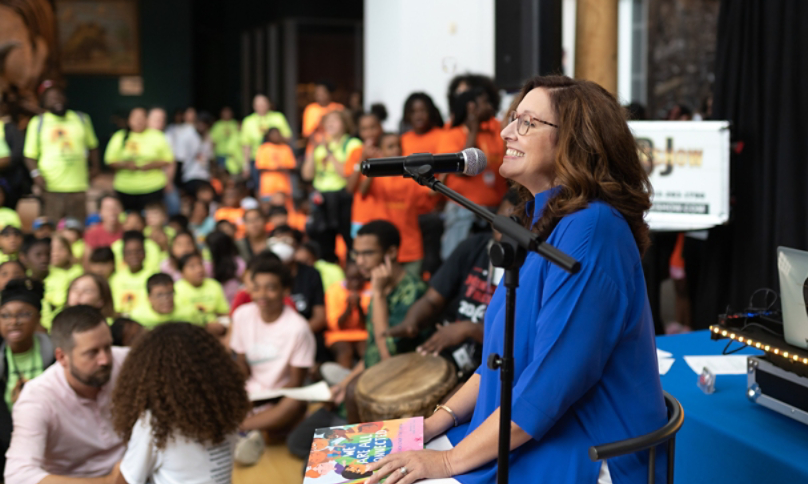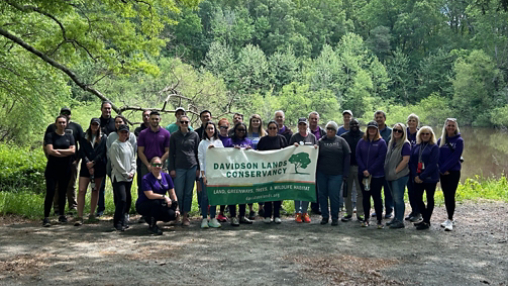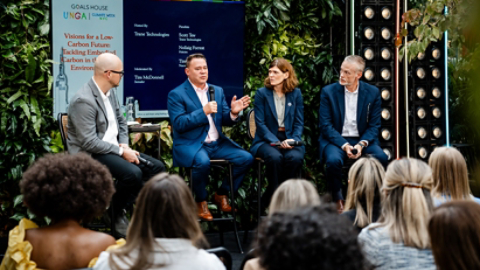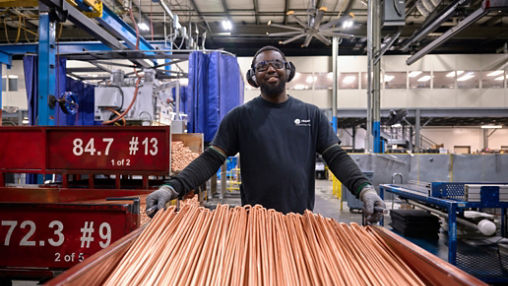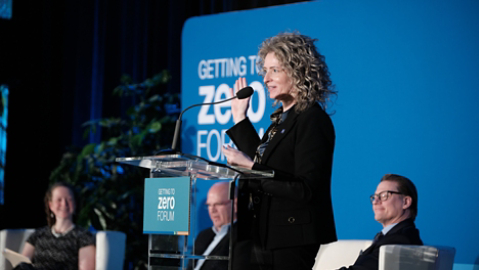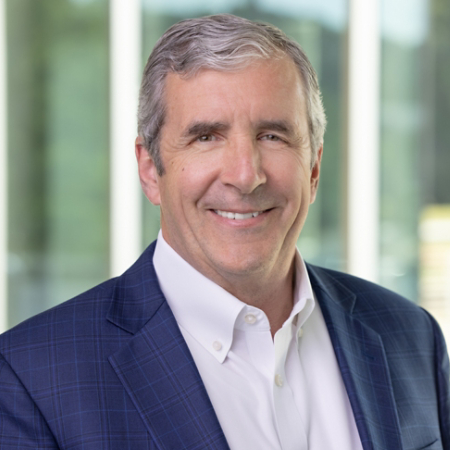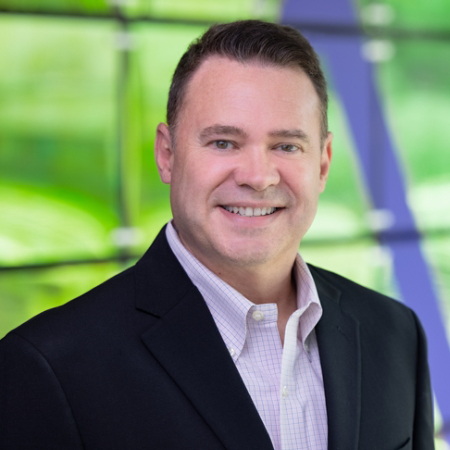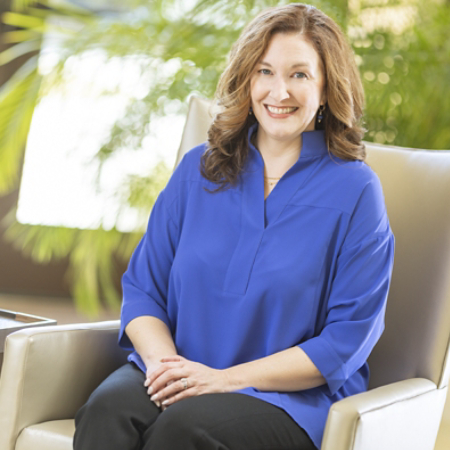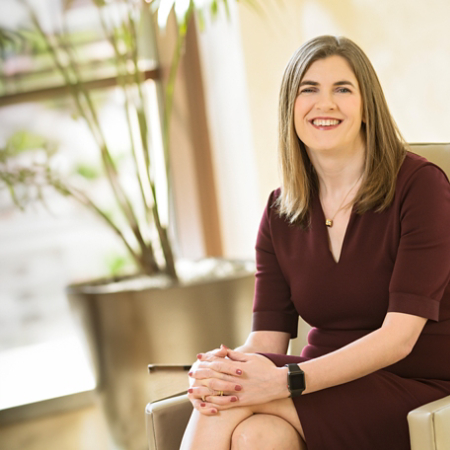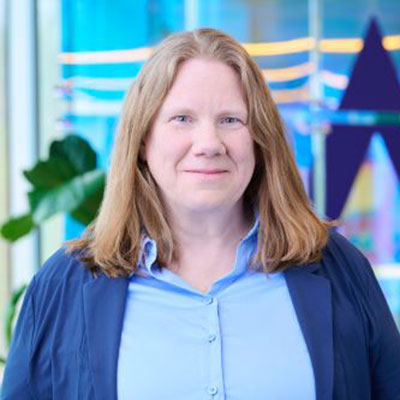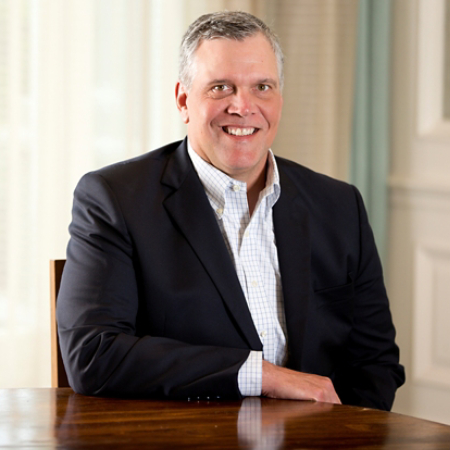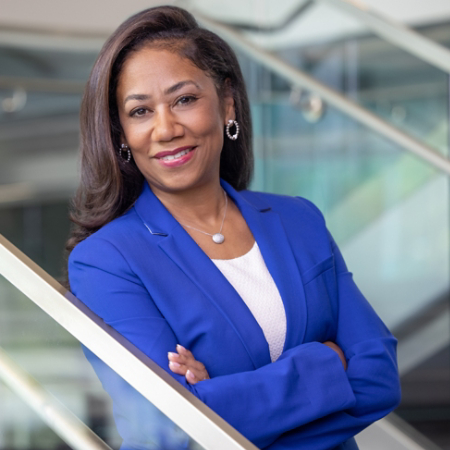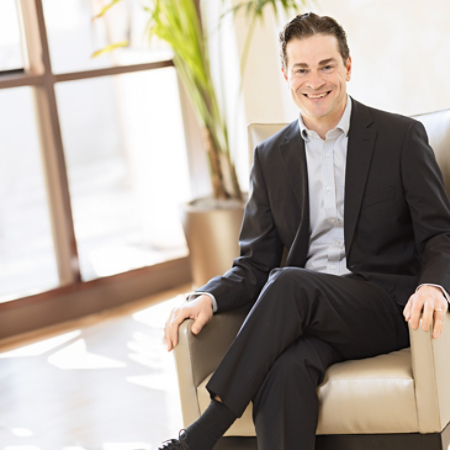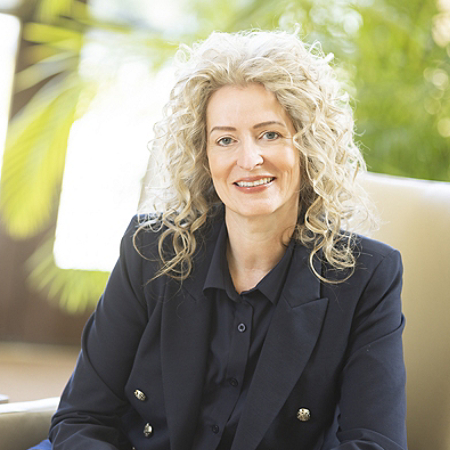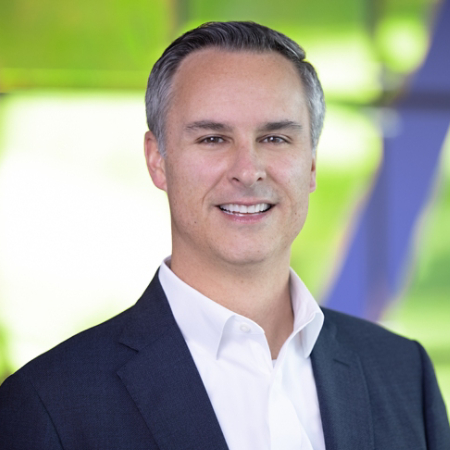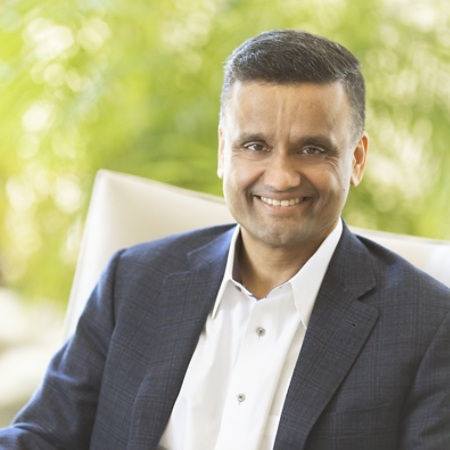Research shows when we hear a story, the activity in our brains mirrors the activity in the brain of the storyteller—a phenomenon known as “neural coupling.” Neuroscientists have found that “the greater the anticipatory speaker-listener coupling, the greater the understanding.” Stories quite literally get us on the same wavelength, increasing connection and understanding.
Our chair and CEO Dave Regnery regularly rallies us around the idea that one company can change an industry, and one industry can change the world. As chief communications and marketing officer, my team’s job is to make that idea tangible – through really good stories.
And because we’re talking about sustainability, transparency is imperative. Our challenge is to find a way to weave rigorous, framework-aligned, third-party assured data through our story in a way that prizes its accuracy and increases its relevance for all our audiences.
Credibility is our currency. The reason we get to tell this story is because we know it’s true.
Educating our team
We want to help employees, customers, investors, partners, policymakers and community leaders understand climate change and technology so we can take action together.
This begins with education. And we start with ourselves.
Andrew Winston, member of the Trane Technologies’ Advisory Council on Sustainability and co-author of Net Positive with Paul Polman, is focusing more on education and upskilling in his advisory work. Andrew cites “growing awareness that people need real fluency in sustainability in general and climate in particular.”
Offered through our learning management system, customized training modules are designed to grow our employees’ baseline understanding of the greenhouse gas effect, carbon intensity of the electric grid and carbon neutrality.
This fall, we’re launching a new curriculum to help employees understand exactly how their specific role contributes to our sustainability goals. In our performance plans, every single one of us has a sustainability goal that maps directly to one of our 2030 Sustainability Commitments.
I believe if we can equip our workforce with a real understanding of their impact, then our capacity for good grows by magnitudes.
